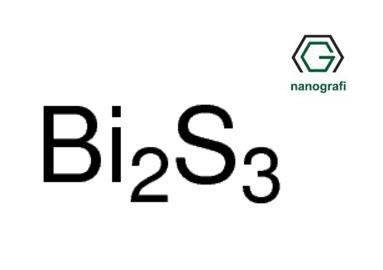Bismuth(III) Sulfide, Bi2S3 nanopowder, 500 nm , 99.9+%
Bismuth(III) Sulfide and It’s Properties

Bismuth(III) Sulfide is a chemical compound of bismuth and sulfur. It occurs in nature as the mineral bismuthinite. Bismuth(III) sulfide can be prepared by reacting a Bismuth(III) salt with Hydrogen Sulfide. Bismuth(III) Sulfide used as a starting material to produce many other bismuth compounds .
Bismuth (III) Sulfide Nanoparticles*
Nanoparticles of Bismuth(III) Sulfide

Bismuth(III) Sulfide nanoparticles belongs to the class of non-toxic semiconductor materials. In semiconductor area, Bismuth(III) Sulfide nanoparticles has been considered a promising material to be applied in the field of photo electricity, sensors and thermoelectricity.
You may reach Bismuth(III) sulfide, Bi2S3 nanopowder, 500 nm , 99.9+% by clicking the link below:
https://www.scitechnol.com/peer-review/bismuth-sulfide-nanoparticles-as-a-complement-to-traditional-iodinated-contrast-agents-at-various-xray-computed-tomography-tube-po-h5ym.php?article_id=6377
Comments
Post a Comment